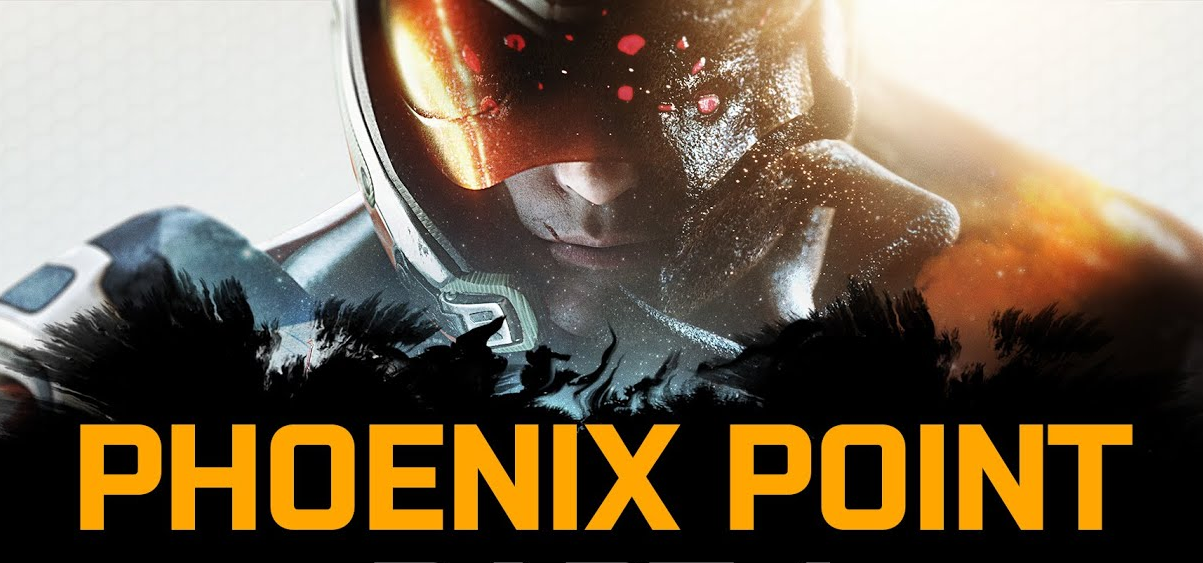A unique mix of ideas from the long line of XCOM games combine with plenty of new innovations for a familiar strategic and tactical experience, though not one too familiar to stand on its own as a fresh and impressive entry into the genre.
Type: Single-player
Genre: Strategy, RPG
Developer: Snapshot Games
Publisher: Snapshot Games
Release date: 03 Dec, 2019


Overview
The XCOM games have long been favorites of mine going all the way back to X-Com: UFO Defense, long before I could even understand it well enough to progress with any real talent. Although hundreds of brave men and women died fighting in that alien invasion, I never got the chance to play Terror of the Deep, though I’ve heard it was excellent, and I really need to get on that at some point. XCOM: Enemy Unknown was the next entry in the series that I played and it completely blew me away with its modern take on the classic and became a serious timesink (especially after getting my hands on the Long War mod). XCOM 2 followed a few years later and proved that the formula could yet again be improved upon, and brought about its own brilliant innovations that have resulted in it outdoing its predecessor and sealing its place as a title that I return to every year or so for another campaign.
As you can imagine, when Phoenix Point was announced, developed by Julian Gollop who worked on the original title in the series, I bought a first-class ticket for the hype train. Many promises were made along the way that suggested this would be the title to boot XCOM2 off of the throne by beating it at its own game. After putting some time into Phoenix Point, I can say that it’s not the XCOM-killer that some believed that it would be, but it certainly gives it a good run for its money.
Dark Future, Extra Crab
Phoenix Point takes place after humanity has dun goofed to the point of no return on the environment. There have been incursions from the oceans, by creatures referred to as Pandorans, for years by the time your story starts, and their only goal seems to be complete subjugation of Earth. Humanity’s survival revolves around the newly reestablished Phoenix Project, but it’s an uphill battle as the three most prominent human factions must be dealt with in one way or another as well.
The geoscape is where the lion’s share of your strategic planning will take place. You’ll begin with a single base, a handful of decently equipped soldiers, and a transport known as a Manticore. As you start to expand your influence by scanning for points of interest, you’ll find a large variety of locations that will offer opportunities for improving the project, many of which will require your troops to get their hands dirty. If all goes well, you’ll even start to discover old Phoenix Project bases that you can restore and get back up and running to your benefit.
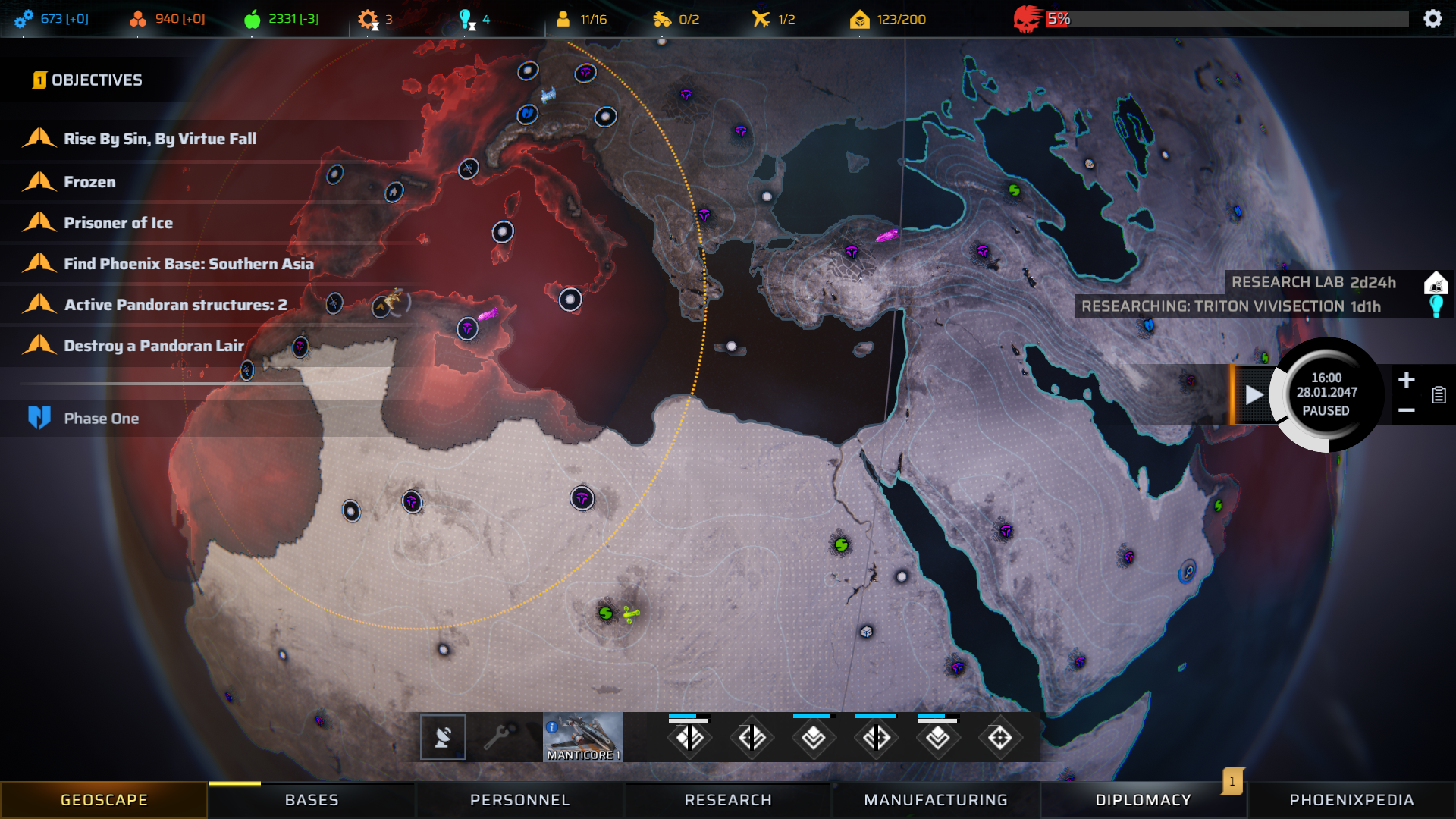
Your bases require little micromanagement, but you’ll have to pick and choose which facilities you’ll be building there due to the limited space available; finding those new bases is imperative to your success. Energy generators, storage, research labs, training facilities, and more can be constructed, and you’ll find that all of these provide significant benefits to the Phoenix Project.
Resources come in three forms: tech, materials, and food. Food is used not only to feed your soldiers but also to trade with the many settlements that you’ll encounter along the way. Tech and materials, on the other hand, have several uses including their primary functions of manufacturing equipment for your soldiers and building facilities at your bases. Fortunately, though you may be stretched a bit thin at times, you tend to have quite a few opportunities to acquire more of these resources at any given time.
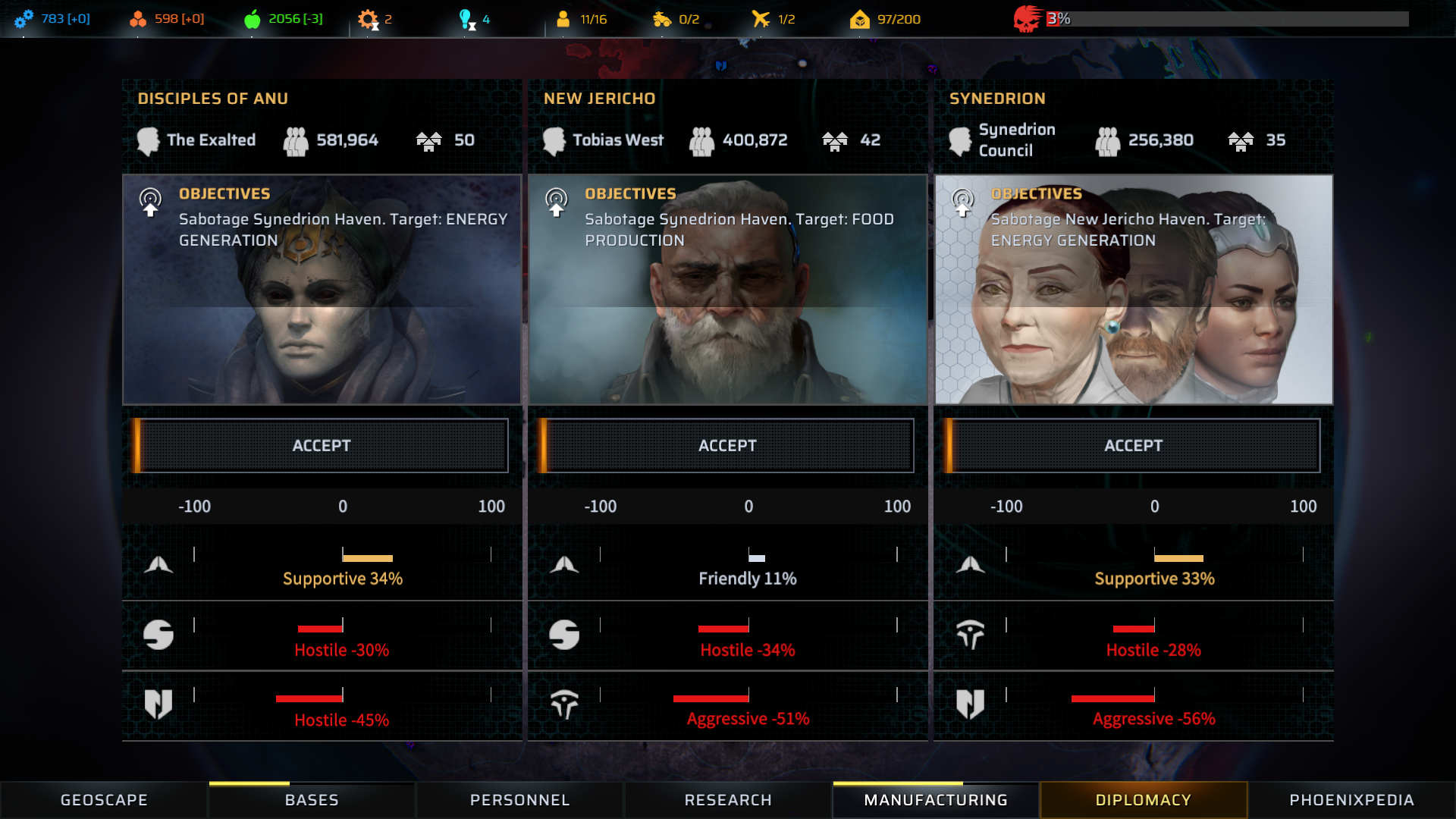
Research is an important part of your progression. You’ll unlock gear, passive bonuses, classes, and faction-specific tech (once you’ve worked on your diplomacy a bit). Interestingly, you can even reverse engineer gear that you’ve recovered so that you can manufacture it yourself. I found the tech to be less exciting than what I’ve come to expect of the genre, not only in its content but in the general pacing of it. I rarely found myself excited for a new development (though I admit there were exceptions on occasion), and the early technologies, in general, were an underwhelming introduction to the system.
Factions play a larger role in Phoenix Point than you might expect, and they’re one of the most innovative features. You can ally with them to unlock their unique tech trees, you can fight them to pilfer their possessions or impress factions that they have a rivalry with, or you can trade resources or recruit new soldiers from their settlements. These settlements are numerous and scattered across the globe so you’ll find plenty of them to do as you please with. I enjoyed getting in touch with the purity-based, pro-human spirit of New Jericho, though it was a tough choice between them, the mutation-embracing fervor of the Disciples of Anu, and the democratic unity of Synedrion. Faction interactions and missions were some of my favorite parts of the experience.
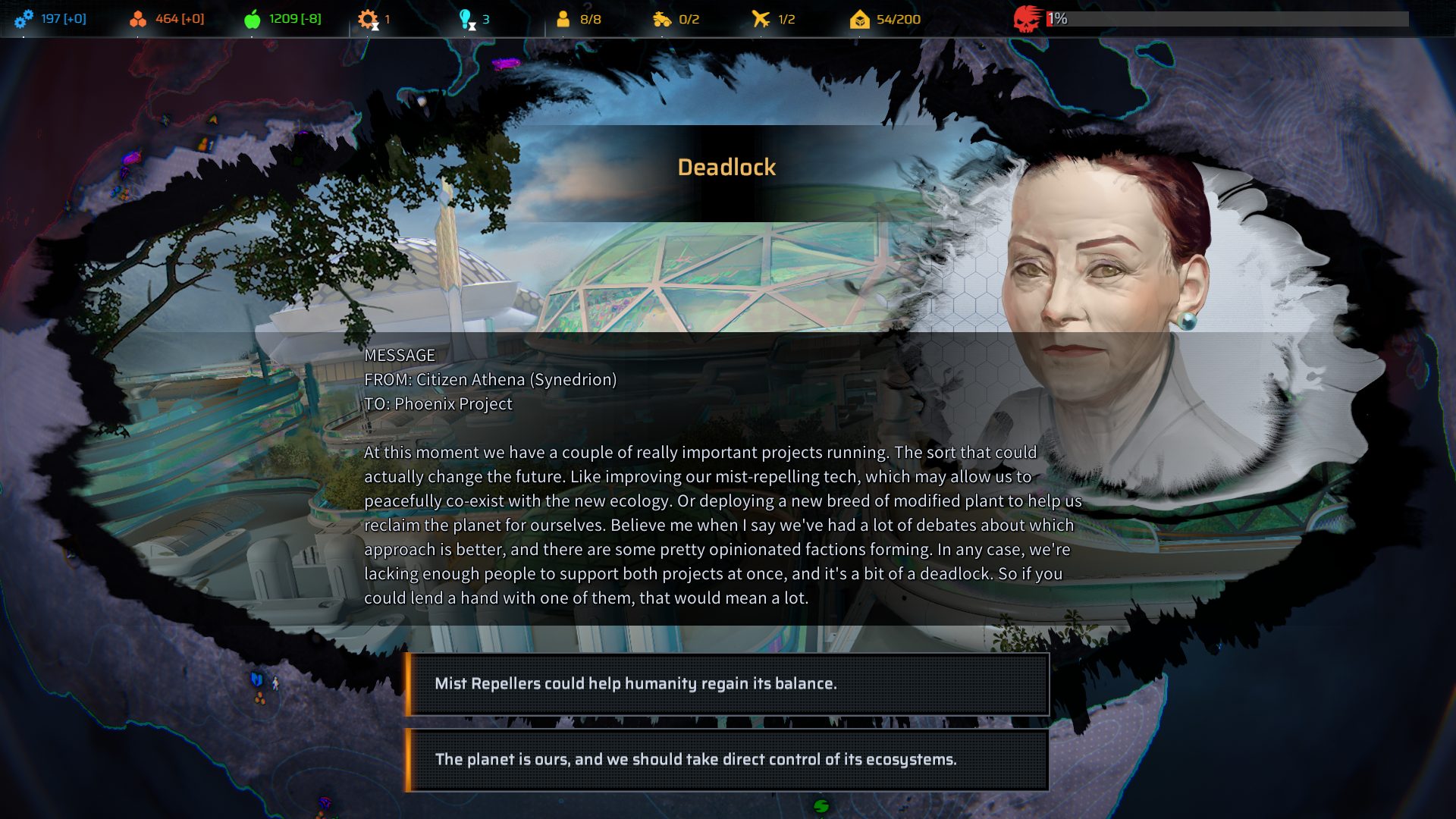
Gun-Toting Renegades
Your soldiers are the foundation of the Phoenix Project. Their capabilities are based on a combination of stats and skills, the latter being generated semi-randomly by class. All soldiers begin with the same starting stat values in strength (weight capacity and throwing range), will (used for abilities and to avoid panic), and speed (movement range). Although there are seven classes in all, you have access to three of them, to begin with. Assaults are your classic rifleman, and I can’t express enough how invaluable I found their dash ability that allows you to make extra moves at the cost of will instead of action points. Snipers deal impressive single-shot damage at long range with pinpoint accuracy, and they work wonders at disabling enemy equipment and body parts. Heavies surprised me the most, though, as they not only have a variety of over-sided weapons to use, but also sport jetpacks that allow them to rocket to distant locations, though this uses up most of their AP for that turn. I’ll leave the other four classes for you to discover as they’re tied to the narrative, though they add new mechanics that are overall a joy to work with. The most engaging element of this is the cross-classing that you can do at the mid-levels to create interesting combinations of skills and weapon proficiencies. That dash that I was referring to earlier? Absolutely fantastic addition to any soldier on your roster.
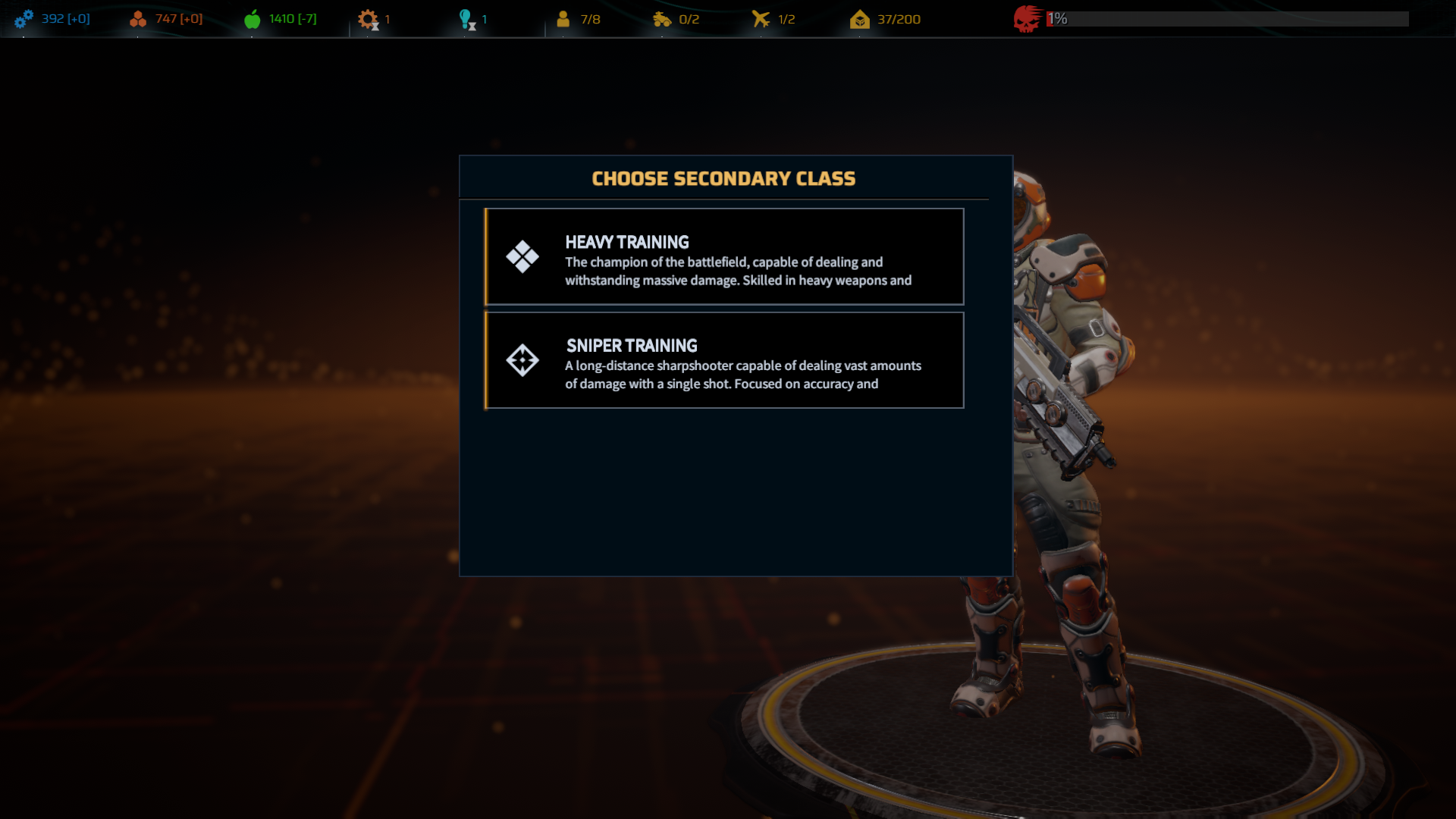
Gear is divided up into a variety of categories of weapons, three locations of armor, and plenty of consumables. Weapons tend to have quite a selection at each tier that suits different tastes as opposed to simply being superior or inferior to other models. For example, one assault rifle might have better accuracy at range and fire more projectiles with each burst but offer less damage per bullet than another. Armor is broken up into head, body, and legs, and options here vary on their effectiveness when it comes to protection, speed, perception, stealth, and so on. Consumables include everything from ammunition to medkits to incendiary grenades, and have to be manufactured individually; each of these items realistically represents a single one of them that is destroyed on use. This makes a soldier’s carrying capacity important as a strong character can use as much gear as you want them to as long as they can carry it into battle.
Though there is plenty that is done well, I do have a few complaints on the soldier side of Phoenix Point. For one, customization is limited as your troops tend to look like their equipment with few options to make them visually memorable. I never felt attached to my troops, they were more like pieces on a game board than living entities that developed stories of their own over time. Understandably, this means there is no character pool or legacy system, though I find that I enjoy those kinds of systems in these games. Overall, the soldiers do fulfill their purpose and can be fun to build mechanically, but they never feel as if they have any soul.
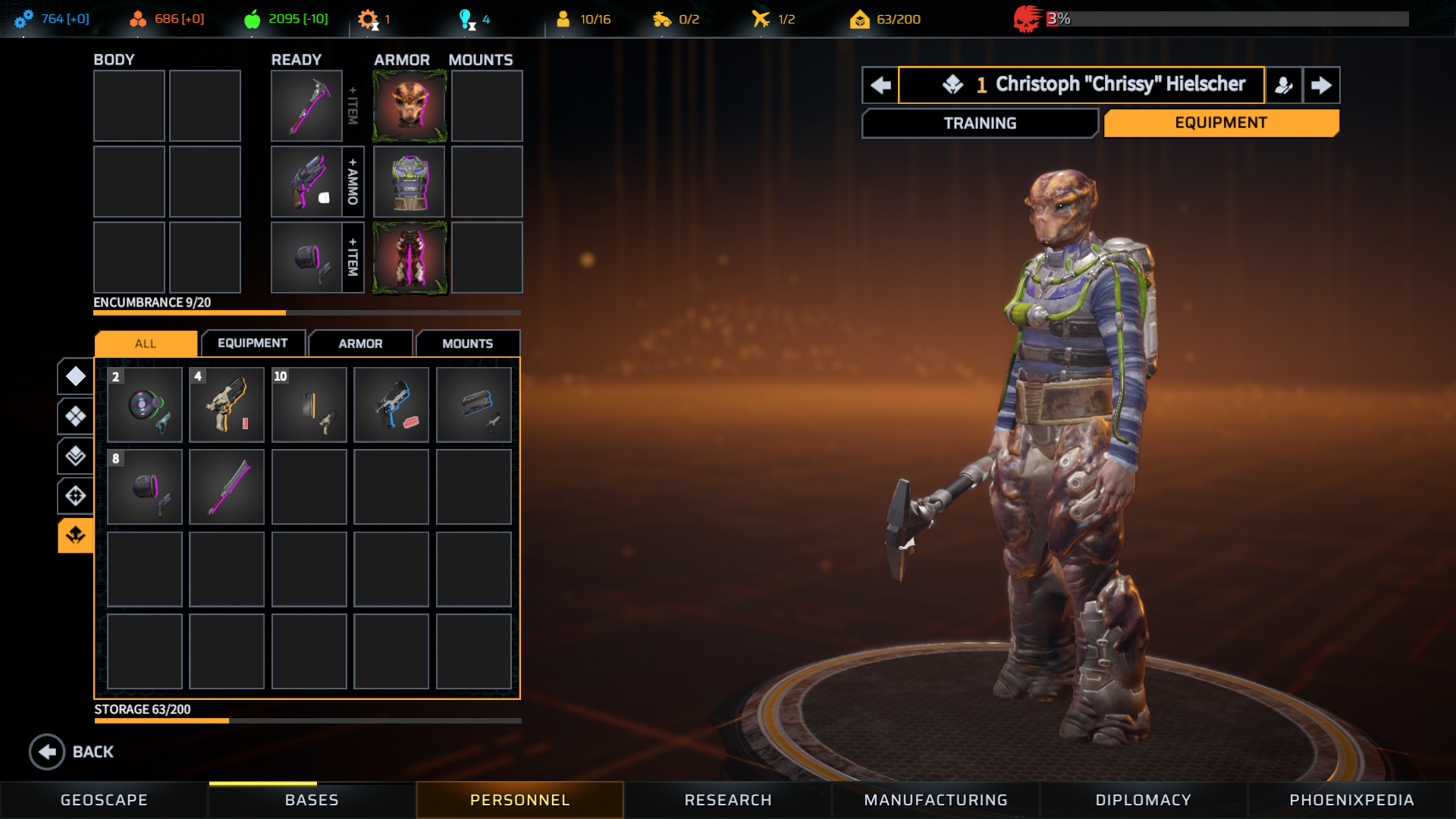
Solve It With Bullets
Combat is more or less what you would expect from an XCOM-like, though there are a few rather large aspects that make it stand out. Your units have four action points that can be spent in varying amounts on the actions available to them; everything that they do has an AP cost, but nothing will automatically end their turn. Some weapons, like pistols and assault rifles, can be fired more than once under the right circumstances, while others may not have that capability but will still allow you an additional small action such as moving a short distance. I liked this system and thought that it was one of the best features of the title. This is one feature that outdid XCOM and one that I hope both games learn from if we have sequels coming out way in the future.
Another significant departure for the norm is the manual aiming of your shots. This allows you to target specific areas, such as equipment or body parts, that complicate matters for your foes on they suffer enough damage to them. It wasn’t rare that I would decide to destroy a weapon or disable a body part instead of maximizing my damage. That said, it can slow down combat when you’re manually aiming your shots, but I found that the shorter length of battles helped to prevent it from ever really becoming an issue.
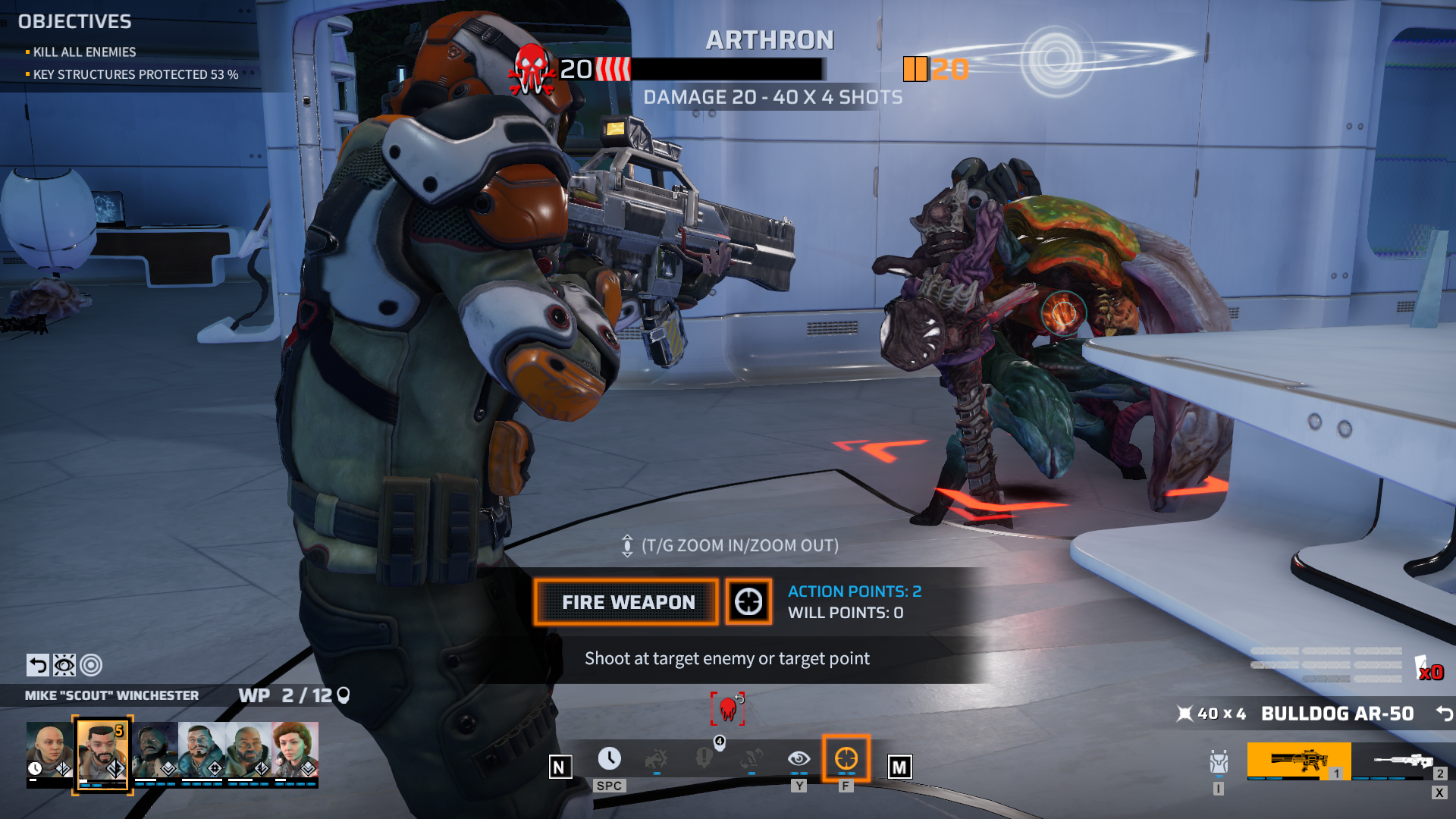
Is The World Worth It?
The atmosphere created by Phoenix Point solidly stands on its own footing, though is easiest explained by comparing it to its primary competitor, XCOM2. The level of detail in the graphics seems to be a slight step down in my experience, though it’s close enough that I had to actually compare the two side-by-side to come up with my opinion on it, and it never interfered with my experience. I assume that cutting edge graphics aren’t the reason that most play titles like these, even if they are a nice bonus. I will say that in one way or another, the optimization seems to be a step up; long loading screens are present here as well, but the game played smoothly whenever the action was happening.
The music is a matter of taste, though I enjoyed it in both games. Phoenix Point is more atmospheric and it fits into the overall theme that it’s trying to build, though I have a preference for the adrenaline-fueled, cinematic soundtrack of XCOM. I never had any real complaints about this, though, so I chalk it up entirely to preferences and it’s easy to say that audio fits.
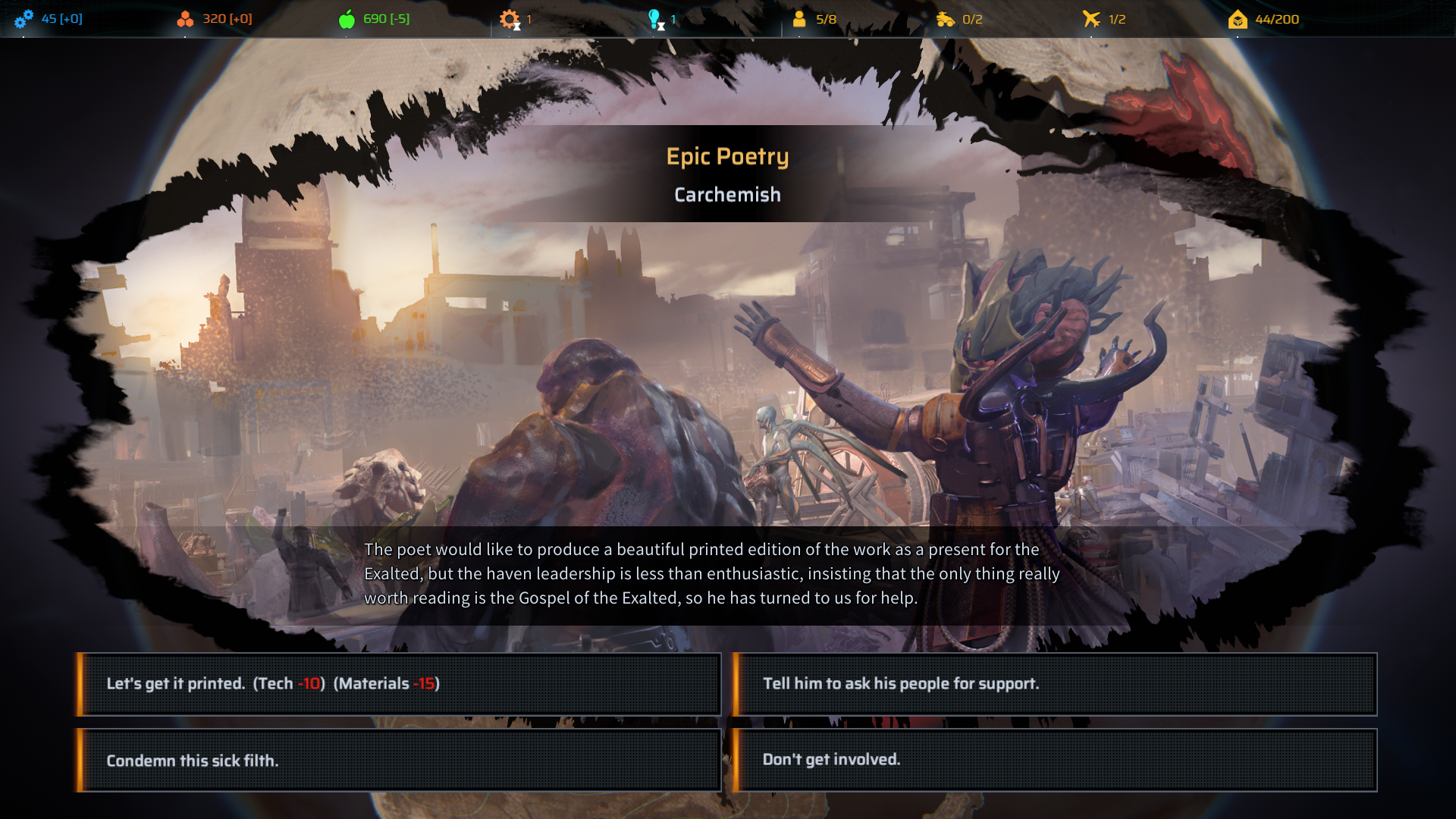
Verdict
I enjoyed my time with Phoenix Point and I feel that it brings enough ingenuity to the genre that it doesn’t directly compete with XCOM2 for my time. I’ll continue to enjoy both games, and I’m looking forward to the Phoenix Point DLC that’s on its way. Each of these games has its own strengths and weaknesses, though I end up giving a very slight edge to XCOM2 if I have to choose one or the other. However, if you’re looking for another excellent XCOM-like to sink some hours into, you can’t go wrong with Phoenix Point. I’m already trying to decide which faction I want to befriend first in my next playthrough.

